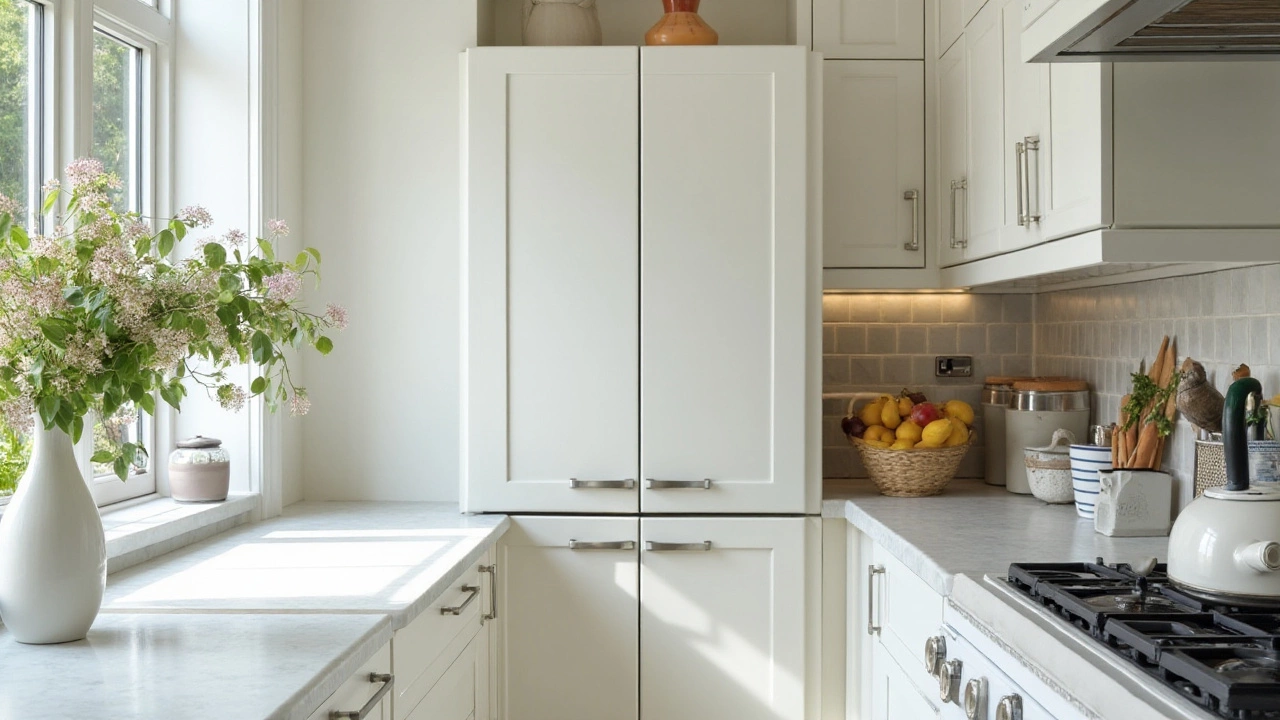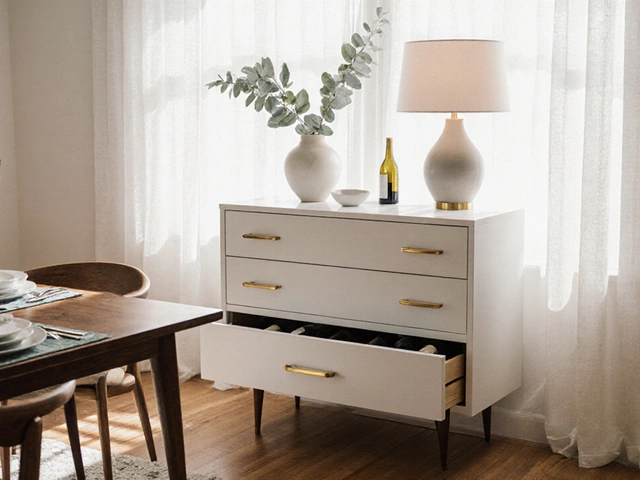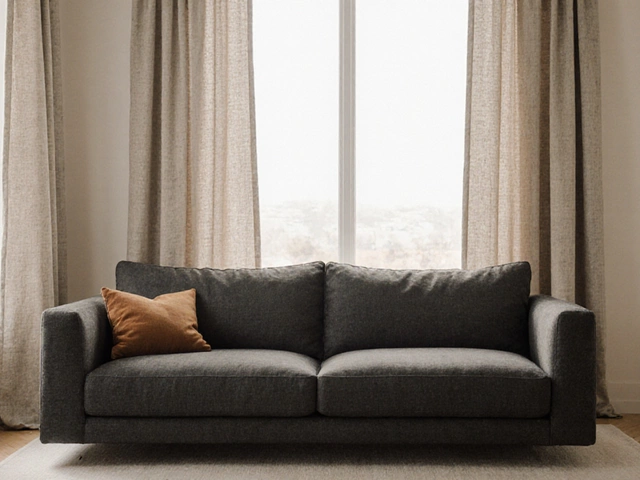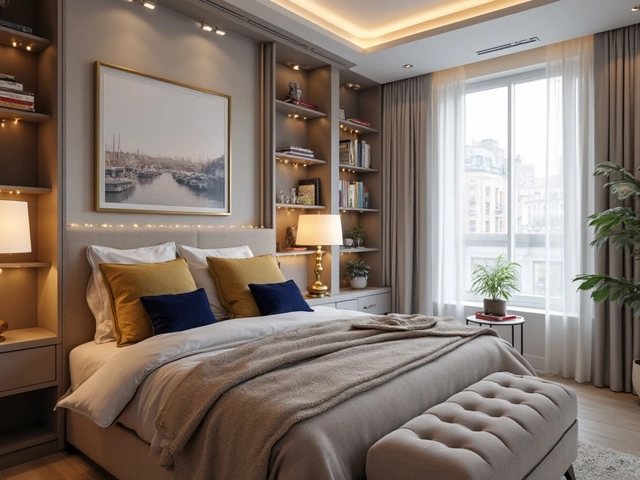Cabinet Design Ideas & Tips
Ready to give your cabinets a makeover? Whether you’re sprucing up a kitchen, bathroom, or bedroom, the right cabinet design can add style and storage without a big overhaul. In this guide you’ll find simple planning steps, material suggestions, and DIY tricks you can start today.
Plan Your Layout First
Start by measuring the space you have. Note the height, width, and depth of the area, then sketch a rough layout on paper or a phone app. Look for dead corners or awkward angles – those are perfect spots for pull‑out drawers or narrow shelves. Keep traffic flow in mind; you don’t want a door that swings into a walkway.
Next, decide what you’ll store. Group similar items together: plates and glasses in one zone, pantry goods in another. This helps you choose the right cabinet depth and shelf spacing. A good rule of thumb is to leave at least 12‑inch gaps for taller items and 6‑inch gaps for smaller stuff.
Pick Materials That Fit Your Style
Wood is a classic choice because it’s sturdy and looks warm. If you want a modern vibe, consider flat‑panel MDF painted in matte black or soft grey. For a splash of personality, try laminate in bold colors or a subtle wood‑grain print. Remember, the finish you pick will affect how easy the cabinets are to clean – glossy surfaces show fingerprints, while matte finishes hide them.
Hardware matters too. simple brushed‑nickel knobs can upgrade a cheap cabinet instantly. If you’re into a seamless look, go for integrated pulls that sit flush with the door. Swapping hardware is one of the cheapest ways to change the feel of a room.
When budgeting, think about prefabricated cabinet kits. They arrive flat, you assemble them, and they come with all the necessary hardware. Even if you’re not a carpenter, a basic drill and screwdriver are enough to get them up and running.
If you enjoy DIY, consider adding pull‑out shelves or custom dividers. A simple plywood cut to size, mounted on sliding tracks, can turn a boring cabinet into a functional organizer for spices, pots, or cleaning supplies. The extra effort pays off with easier access and less clutter.
Lighting can make a big difference. Install LED strips under upper cabinets to brighten the countertop. It’s cheap, easy to install, and adds a modern touch that also helps you see what’s inside the lower cabinets.
Finally, don’t forget to protect your cabinets from moisture. A thin bead of silicone sealant around the bottom edge keeps water from seeping in, especially in kitchens and bathrooms where splashes are common.
With these tips, you can plan, choose, and build cabinets that look good and work for your daily life. Grab a tape measure, pick a style you love, and start turning those plain doors into standout pieces.






